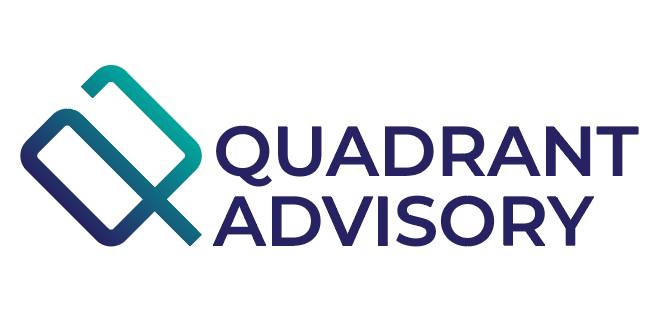Mitigating Business Uncertainties: The Role of Risk Management in Safeguarding Financial Stability

We are often exposed to the term risk management inside and outside the world of business. In the dynamic world of business, uncertainties are inevitable. From economic downturns to unforeseen market disruptions, companies constantly face challenges that can jeopardize their financial stability. However, with effective strategies, businesses can navigate these uncertainties and ensure their financial health remains intact.
What is Risk Management?
Risk management is a systematic approach to identifying, assessing, and prioritizing potential threats or uncertainties that could harm an organization’s assets, earnings, or success. By implementing strategies to address these risks, companies can mitigate their impact and protect their financial stability.
Why is Risk Management Crucial for Financial Stability?
- Proactive Problem Solving: Instead of reacting to crises as they occur, risk management allows businesses to anticipate potential issues and develop strategies to address them. This proactive approach can prevent financial losses and ensure that companies remain on a stable financial footing.
- Informed Decision Making: By understanding the potential risks associated with various business decisions, companies can make more informed choices. This can lead to better investment decisions, more effective resource allocation, and improved financial outcomes.
- Enhanced Stakeholder Confidence: Stakeholders, including investors, creditors, and customers, value businesses that can demonstrate effective risk management. By showing that they can navigate uncertainties, companies can attract investment, secure better credit terms, and build stronger customer relationships.
- Regulatory Compliance: Many industries have regulations that require businesses to have risk management processes in place. By adhering to these regulations, companies can avoid financial penalties and legal complications.
Key Components of Effective Risk Management

Risk Identification:
The first step in the risk management process is to identify potential threats. This can be done through methods such as SWOT analysis, industry research, and stakeholder interviews.
Risk Assessment:
Once risks have been identified, they need to be assessed based on their potential impact and likelihood of occurrence. This helps businesses prioritize which risks to address first.
Risk Mitigation:
After assessing risks, companies need to develop strategies to mitigate them. This could involve diversifying investments, purchasing insurance, or implementing new operational procedures.
Monitoring and Review:
It is an ongoing process. Businesses need to regularly review and update their risk assessments and mitigation strategies to ensure they remain effective.
Challenges in Implementing Risk Management
While the benefits of risk management are clear, implementing it can be challenging. Some common challenges include:
– Lack of Awareness: Many businesses, especially smaller ones, may not be aware of the importance of risk management or how to implement it effectively.
– Resource Constraints: Implementing risk management strategies can require significant resources, both in terms of time and money. Some businesses may struggle to allocate these resources effectively.
– Changing Risk Landscape: The business environment is constantly evolving, and new risks can emerge at any time. Keeping up with these changes can be challenging.
A key component to managing financial risk and overcoming these challenges is utilizing CFO services, which provide expert financial insights, strategic planning, and data-driven decision-making to safeguard a company’s assets and ensure sustainable growth.
The Evolution of Risk Management
Over the years, it has evolved from a reactive process to a proactive strategy. Modern tools and technologies, such as predictive analytics and artificial intelligence, enable businesses to forecast potential risks and develop strategies to address them before they occur. This shift from reactive to proactive risk management has been a game-changer for many businesses, allowing them to navigate uncertainties with greater confidence and agility.
The Role of Technology

Technology plays a pivotal role. Advanced analytics tools can sift through vast amounts of data to identify patterns and trends that might indicate potential risks. Similarly, machine learning algorithms can predict the likelihood of certain risks occurring, allowing businesses to prioritize their risk management efforts more effectively.
Furthermore, cloud-based platforms enable businesses to monitor and manage risks in real-time, ensuring that they can respond quickly to any emerging threats.
In Conclusion
In the face of business uncertainties, risk management plays a crucial role in safeguarding financial stability. By identifying, assessing, and mitigating potential threats, businesses can navigate challenges and ensure their long-term success. As the business landscape continues to evolve, and as technology continues to play an increasingly important role and businesses that prioritize it will be better positioned to thrive in an uncertain world.
